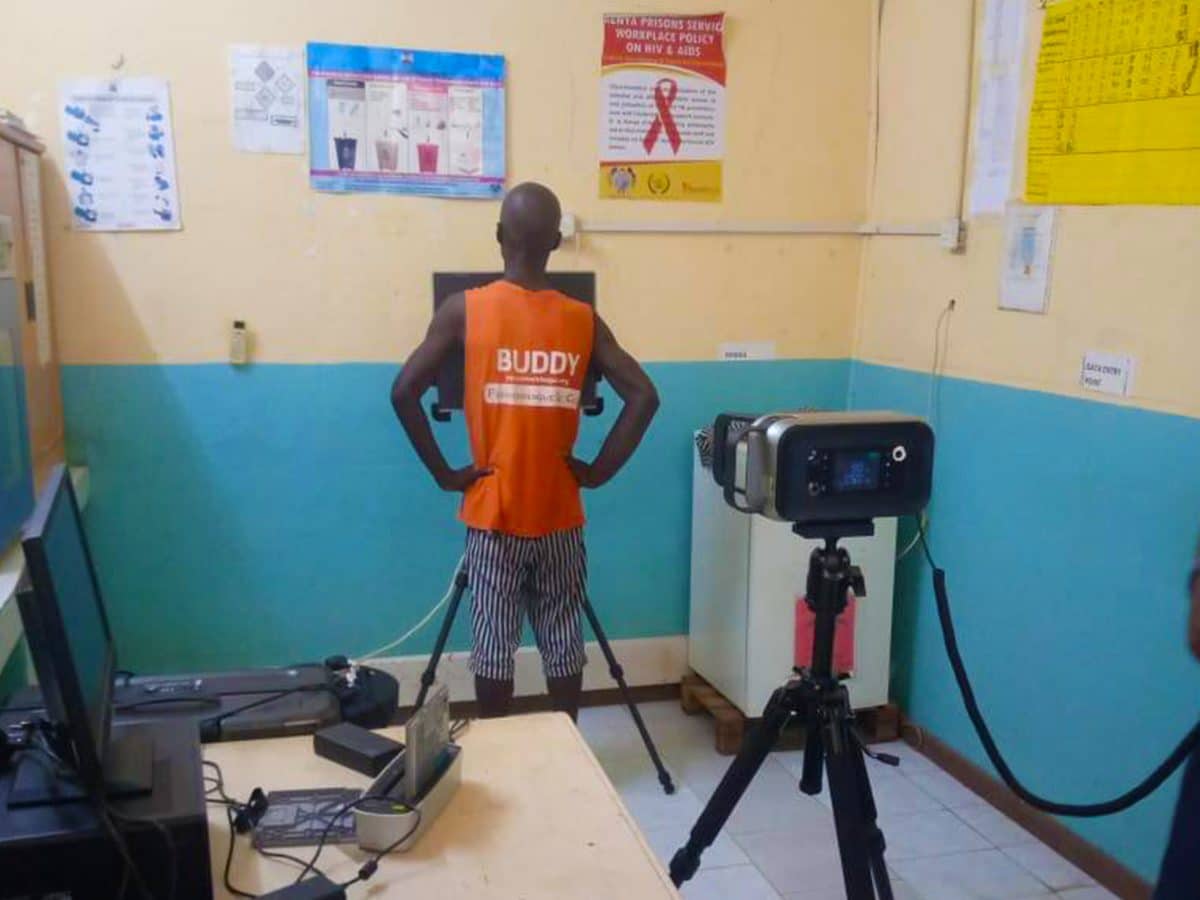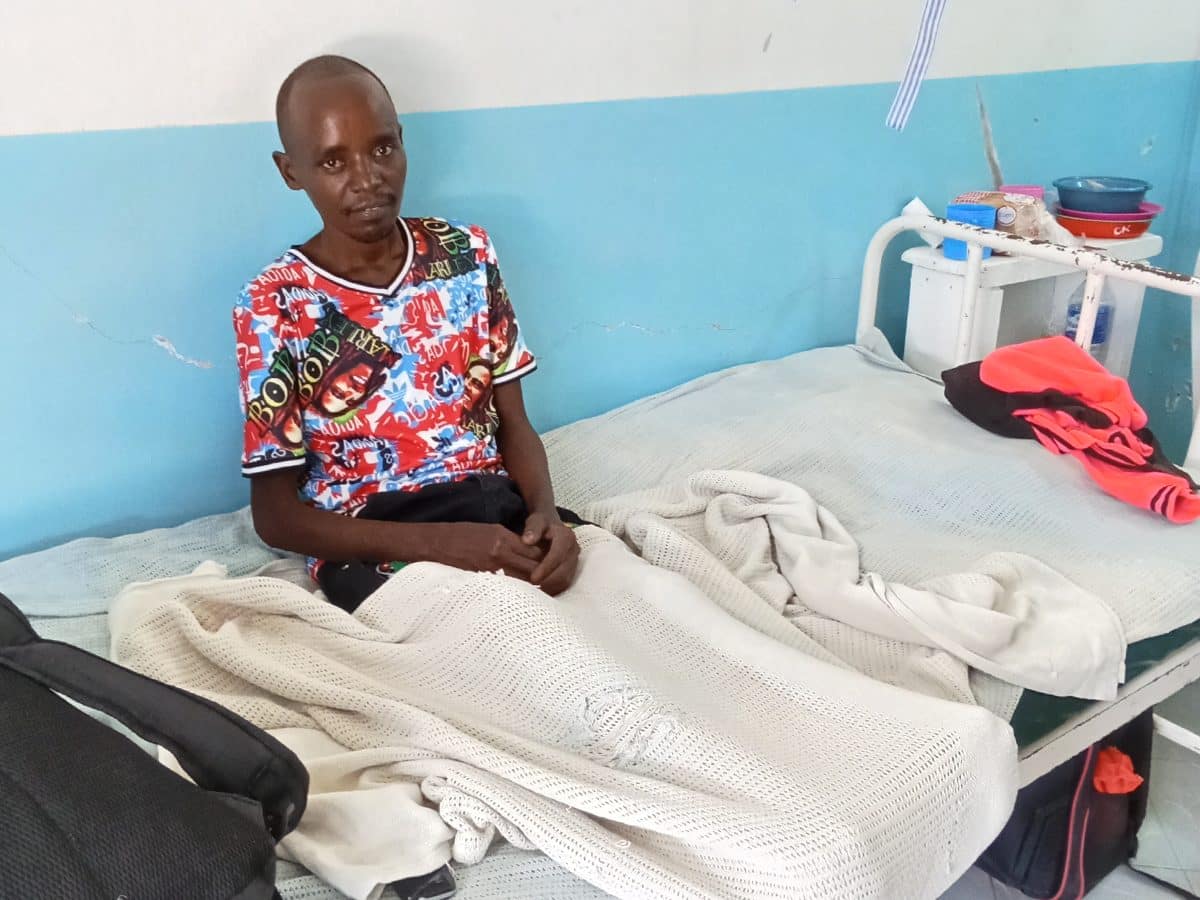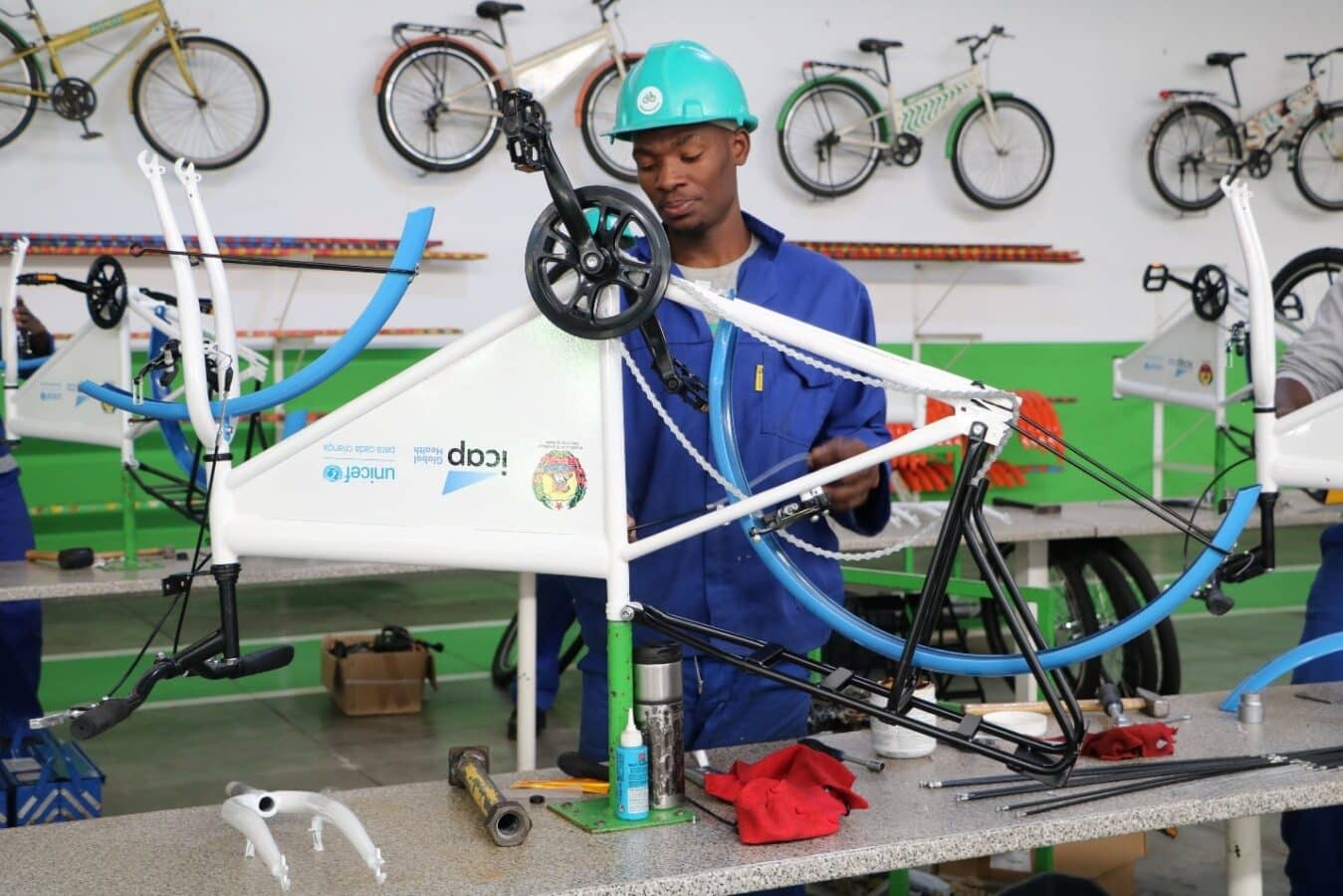The 2014 outbreak of Ebola virus in western Africa left local health systems reeling. Overwhelmed by the need for Ebola care, health facilities were unable to provide space, staff, or resources to keep up with routine activities—including childhood immunizations. In Sierra Leone, this led to a massive increase in vaccine dropout rates, particularly for the measles second dose (MSD) vaccine introduced into the immunization system in 2015.
With funding from the U.S. Centers for Disease Control and Prevention (CDC), ICAP has been working with Sierra Leone’s Ministry of Health and Sanitation to reverse this trend. A combination of simple tracking tools, on-the-job training, and the use of outreach services for follow-up is dramatically reducing dropout rates.
In each of four priority districts, ten health facilities were selected based on high dropout rates for the MSD vaccination and a high volume of eligible children in the area. Initial visits helped identify the major systemic issues that the project would aim to address: chiefly, the lack of training among service providers on how to use basic recording and monitoring tools and how to analyze data in order to identify problems and propose solutions.
“Previously, when the district team was able to travel to the facilities to provide supportive supervision, it was mainly focused on supply management and administrative issues. There wasn’t time for mentorship and on-the-job training,” said Aiah Lot Jimmy, the District Operations and Immunization Officer for Tonkolili District. “But since this project started, we now have ICAP mentors to conduct immunization-focused supervision to support proper documentation, data, and reporting practices.”
Specifically, ICAP mentors began working with service providers to help them build their data and reporting practices. This included training them to complete the “Reaching Every District” (RED) monitoring chart (a WHO-recommended strategy to achieve 80% immunization coverage and below 10% dropout rate), to prepare monthly data reports, compare outcomes to targets, and assess performance.
“When we made the initial visits to supported health facilities, only 50 percent of health facilities had RED monitoring charts displayed on the wall and 75 percent had not started using them at all,” said Mohamed Jabbie, an ICAP immunization mentor based in Tonkolili district. “Now, all supported facilities have updated monitoring charts and the immunization staff are confident in completing and updating the chart by themselves.”
ICAP also distributed a defaulter tracking register to the 40 participating health facilities, enabling community health workers to follow up with any children who missed their immunization—even those living in remote villages.
“Community health workers have facilitated the process of community members taking ownership of their health by identifying and allowing children that have missed some vaccines to get them through outreach services, leaving no one behind,” said Pa Santigie, a section chief in Tonkolili district.
The efforts are having a dramatic effect—MSD vaccine coverage across the participating health facilities has increased from 15 percent in January 2018 to 67 percent in August 2018.
“This project demonstrates the power of simple tracking tools combined with critical legwork by community health workers,” said Susan Michaels-Strasser, PhD, MPH, RN, FAAN, ICAP’s senior implementation director and associate director for nursing programs, who is the project’s principal investigator. “Seeing this huge improvement in just a few months is incredibly motivating, and good evidence that this kind of approach can work for reducing loss to follow-up.”








